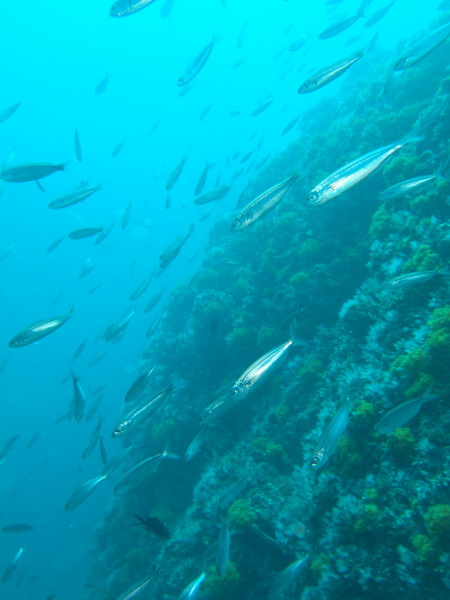Background

From the coast to the deep sea and through biologically rich ocean fronts, nature in the Mediterranean has developed through the complicated evolution process, highly productive and sometimes peculiar and unique marine life. Specific strategies to counter act the threats to these habitats and communities could be diverse, including “Total no take-zones (Strict Reserves, Marine Protected Areas, etc); gear or effort restrictions to fishermen; Seasonal Restrictions of users; Species-specific Refugia; Maritime Traffic Exclusion Corridors, etc.
Marine managed areas (MMA) are geographic areas designed to protect or manage resources, ecosystem functions or biodiversity within the marine environment. This term includes marine protected areas but creates a larger umbrella under which to include a wider range of marine areas. MMA could include such sites as marine sanctuaries, fishery management zones, parks, national monuments, critical habitats, wildlife refuges, aquatic preserves, saltmarshes, shore lakes or estuarine research reserves among others.
Protected Areas are one of the most effective tools for conservation. These sites are dedicated to the protection of biodiversity, and natural and associated cultural resources. They should represent the biodiversity of each region, and they should protect this biodiversity from processes like habitat loss, habitat fragmentation and isolation, and overexploitation as well as from species invasions that threaten its persistence. IUCN defines a Marine Protected Area as "any area of intertidal or subtidal terrain, together with its overlying water and associated flora and fauna, historical and cultural features, which has been reserved by law or other effective means to protect part or the entire enclosed environment". These marine protected areas include areas that are fully marine and areas that have only a small percentage of intertidal land.
Well-managed protected or sustainably-managed areas have benefits for natural resources and human livelihoods. The main benefits that stakeholders may see as a result of implementing these types of strategies could be related to improvements in the quality of the different marine habitats, the preserved aquatic biodiversity and dependant fauna (i.e. marine birds), increases in the fish populations and biomass, increases in the income from marine resources, and a stimulation of ecotourism among many others.
MedRAS


